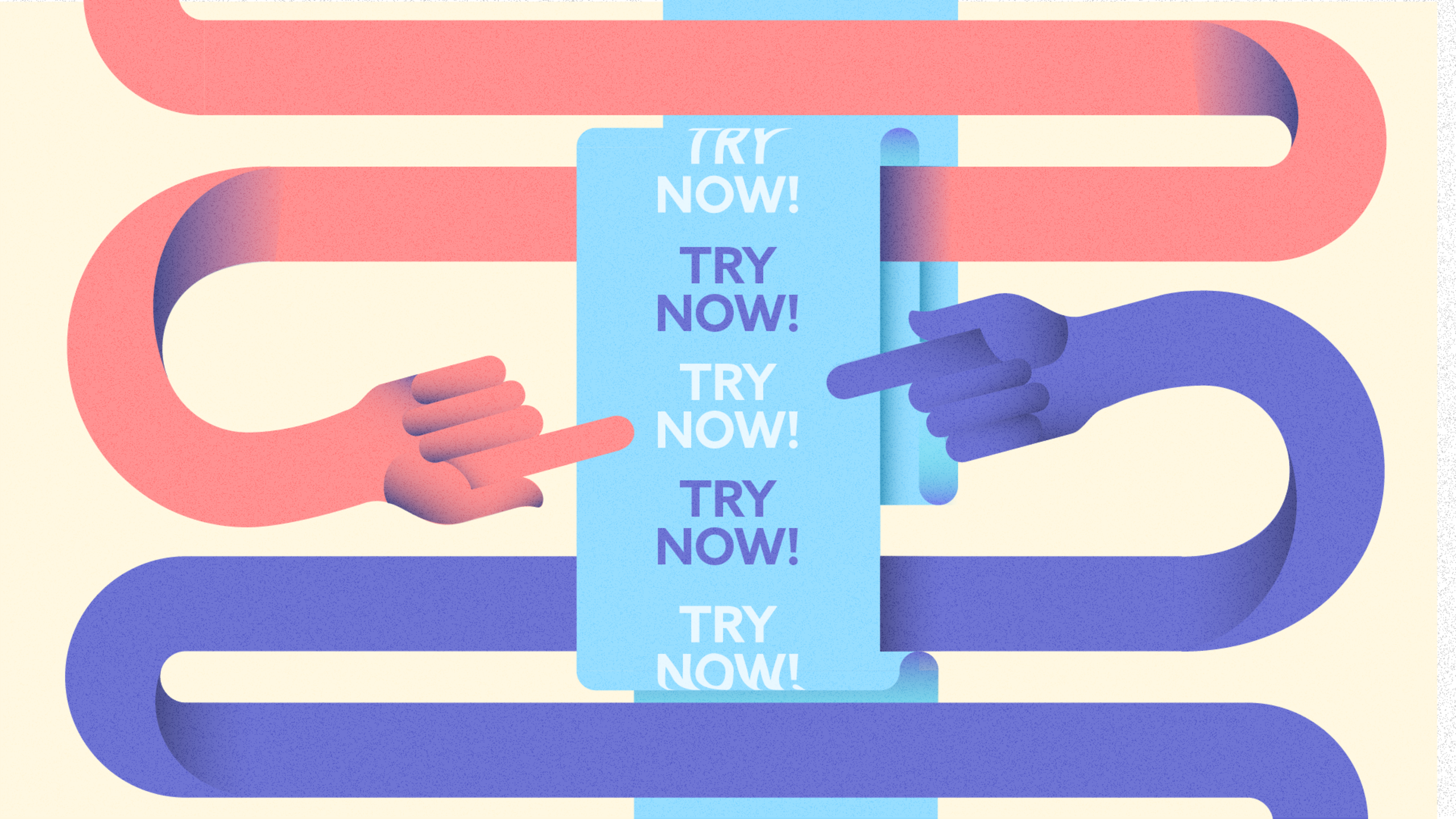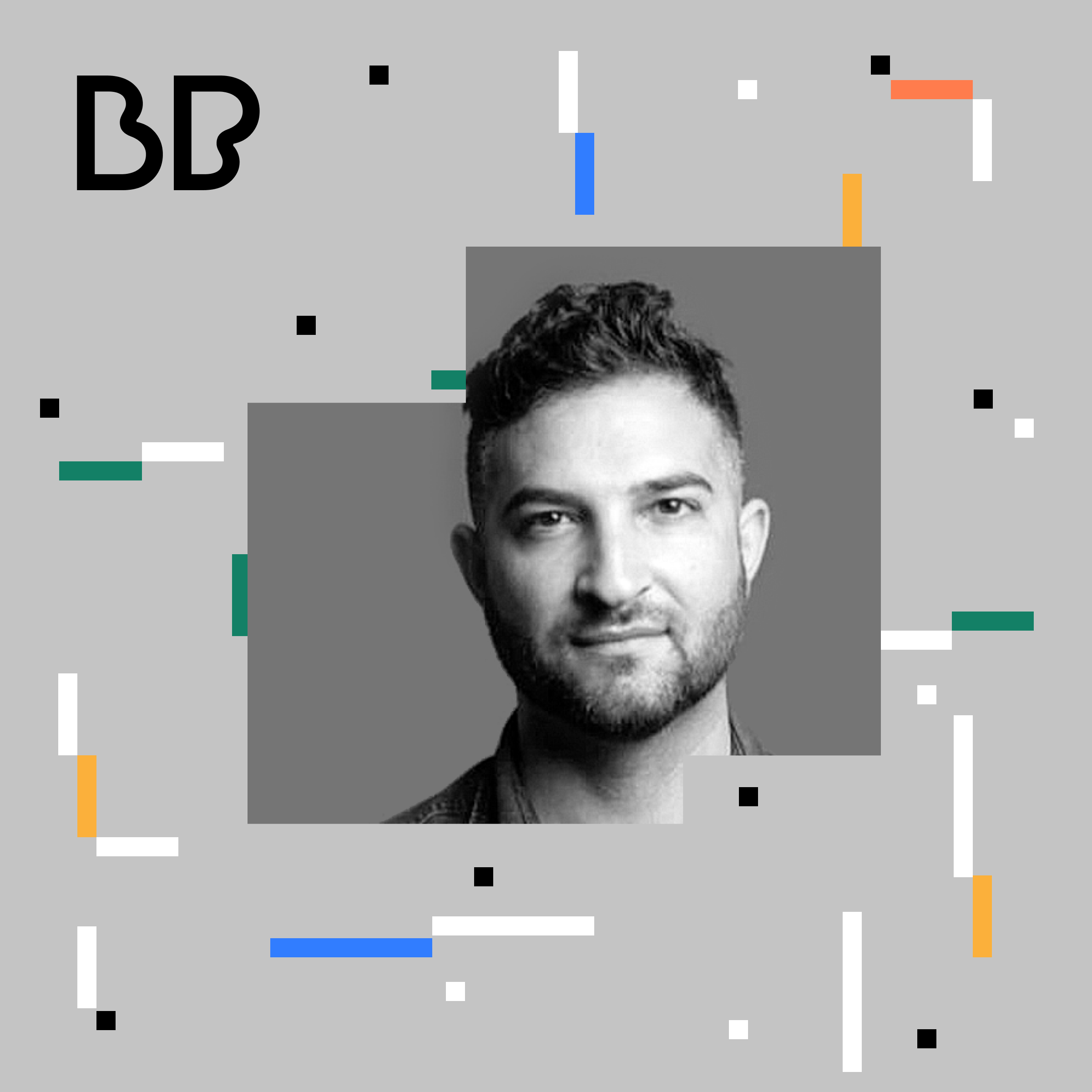Creating a Modern Free Trial with Experiential Product Sites


What happens when designers are given visibility into the vision of the business? For Michael Sacca, this long-term perspective is crucial for influencing short-term decisions.
Michael is General Manager at Dribbble, a community for design professionals. As he shares his story, you’ll hear how Dribbble played a role early in his design career. You’ll also hear how he views the relationship between design and product as he leads teams now.
To hear from leaders like Michael Sacca while tapping into the power of an interconnected community of product professionals, join betterproduct.community.